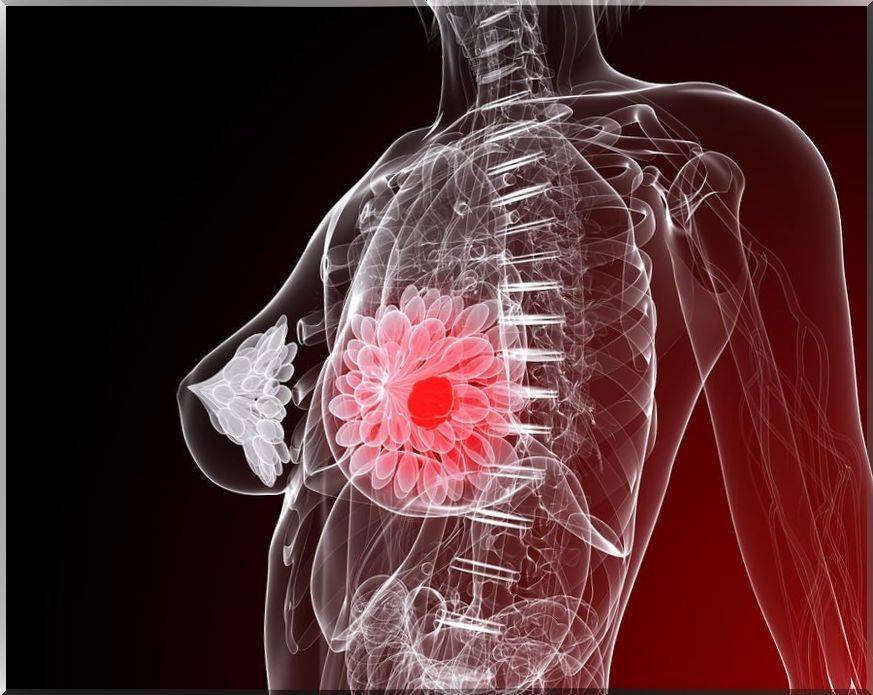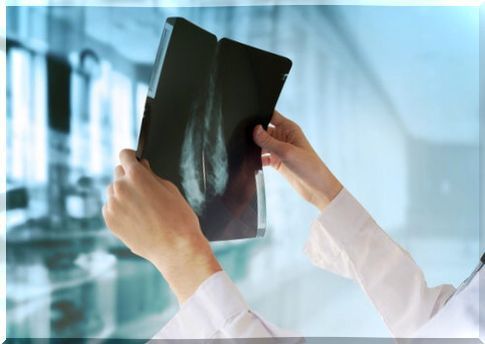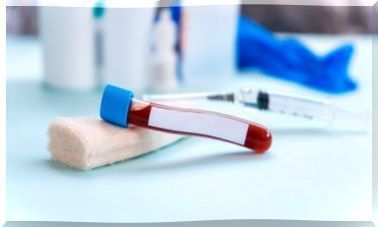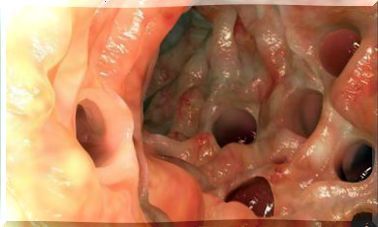Breast Cancer: Everything You Need To Know
Breast cancer is a pathology that originates when the cells of the breast tissue begin to grow uncontrollably. These form a conglomerate of cells that is called a ‘tumor’ and that can be benign or malignant.
If the cells continue to grow and manage to spread to other parts of the body, a malignant tumor occurs.
Types of breast cancer

Breast cancer can develop invasively or non-invasively. The invasive form is one that spreads to adjacent tissues, while the non-invasive one only develops in the milk ducts and lobules of the breast. Taking into account the area of the breast where the tumor is formed, we can distinguish the following types of breast cancer.
Ductal carcinoma
It is the most common type of breast cancer. It originates from the cells that line the inside of the milk ducts. If it is located only in the duct, it is known as ductal carcinoma in situ (DCIS). On the other hand, if the cancer spreads outside the duct, it is called invasive ductal carcinoma.
Lobular carcinoma and other types
Lobular carcinoma is a type of cancer that, as its name implies, originates in the breast lobes. In some cases, when its incidence is considerably lower than those mentioned above, breast cancer can be: medullary, mucinous, tubular, metaplastic or papillary breast cancer.
Causes of breast cancer
As with other types of cancer, the causes come from the mutations produced in certain genetic factors essential for the correct functioning of the cell cycle: oncogenes and protoncogenes.
On the other hand, it is important to note that the risk of developing breast cancer increases after 50 years of age, especially if there is a family history of ovarian cancer and late menopause.
According to the experts at breastcancer.org, the most commonly related risk factors are:
- Age.
- Obesity.
- Smoking
- Alcoholism.
- Sedentary lifestyle.
- Use of hormone replacement therapy.
- Exposure to ionizing radiation before the age of 30.
- Early appearance of the first menstruation, among others.
Symptoms of breast cancer
In most cases, this type of cancer does not manifest itself with strong symptoms in its early stages.
Because of this, it is essential to have regular gynecological check-ups and try to examine the breasts regularly, both at home (self-examination) and with the help of a professional.
As the cancer progresses, symptoms that may occur are:
- Hard lump in the armpit, with irregular edges, and painless.
- Changes in the size, shape, or texture of the breasts or nipple.
- Appearance of a palpable lump or nodule, which is usually painless.
- Smelly fluid coming out of the nipple, which may be bloody, yellowish, or greenish.
In the case of men, cancer can cause pain and tenderness in the breasts, in addition to the appearance of lumps.
Symptoms of advanced breast cancer include:
- Skin ulcers
- Bone pain.
- Pain in the breasts.
- Weakness and tiredness
- Noticeable weight loss.
- Swollen lymph nodes in the armpit.
Diagnosis of breast cancer
In order to make the diagnosis, a physical examination is necessary. This includes the examination of both breasts, the armpits and the area of the neck and thorax. It is recommended that women perform a breast self-exam every month to detect possible abnormalities.

If the disease is suspected, or if the patient has significant risk factors, the specialist can perform a series of tests that help confirm the cancer. These may include:
- Mammography. To detect abnormal areas of the breast by X-ray.
- Magnetic resonance imaging of the breasts. It consists of a radiological examination that uses the action of an electromagnetic field to obtain images, and its objective is to more accurately identify the tumor or evaluate an abnormal change in the mammogram.
- Breast ultrasound. These are complementary tests of the mammogram and allow to distinguish if the tumor is liquid or solid.
- Breast biopsy. Using methods such as aspiration, ultrasound-guided, stereotactic or open biopsy.
- Computed tomography. This is used to find out if the cancer has spread outside the breast tissue.
- Sentinel lymph node biopsy. The goal is to identify whether cancer cells have spread to the lymph nodes.
The experts of the Spanish Association Against Cancer (AECC) clarify that, in the case of men, the diagnosis is made in the same way as in women. This is an important point to keep in mind.
Breast cancer treatment
Breast cancer treatment is guided by taking into account factors such as: the type and stage of cancer, the sensitivity of the cancer to certain hormones, and whether or not the cancer overproduces a protein called HER2.
Some of the most common treatments are:
- Chemotherapy. A method in which medicines are used to kill cancer cells.
- Radiotherapy. Its objective is to destroy the cancerous tissue.
- Surgery to remove cancerous tissue. It can be a lumpectomy if the breast lump is removed, or a mastectomy if the entire breast and possibly some nearby structures are removed.
- Targeted treatment. Hormone therapy is one of the examples. It serves to block some hormones that stimulate the proliferation of malignant cells. It uses medicine to attack gene changes in cancer cells.

After receiving the most timely treatment, some people need to continue taking medicines for a time. All patients must continue in medical check-ups to perform the pertinent tests to monitor the return of the cancer or the development of another breast cancer.
Note : to learn more about breast cancer treatments, as well as other aspects of the disease, you can access the portal of the Spanish Association Against Cancer.









